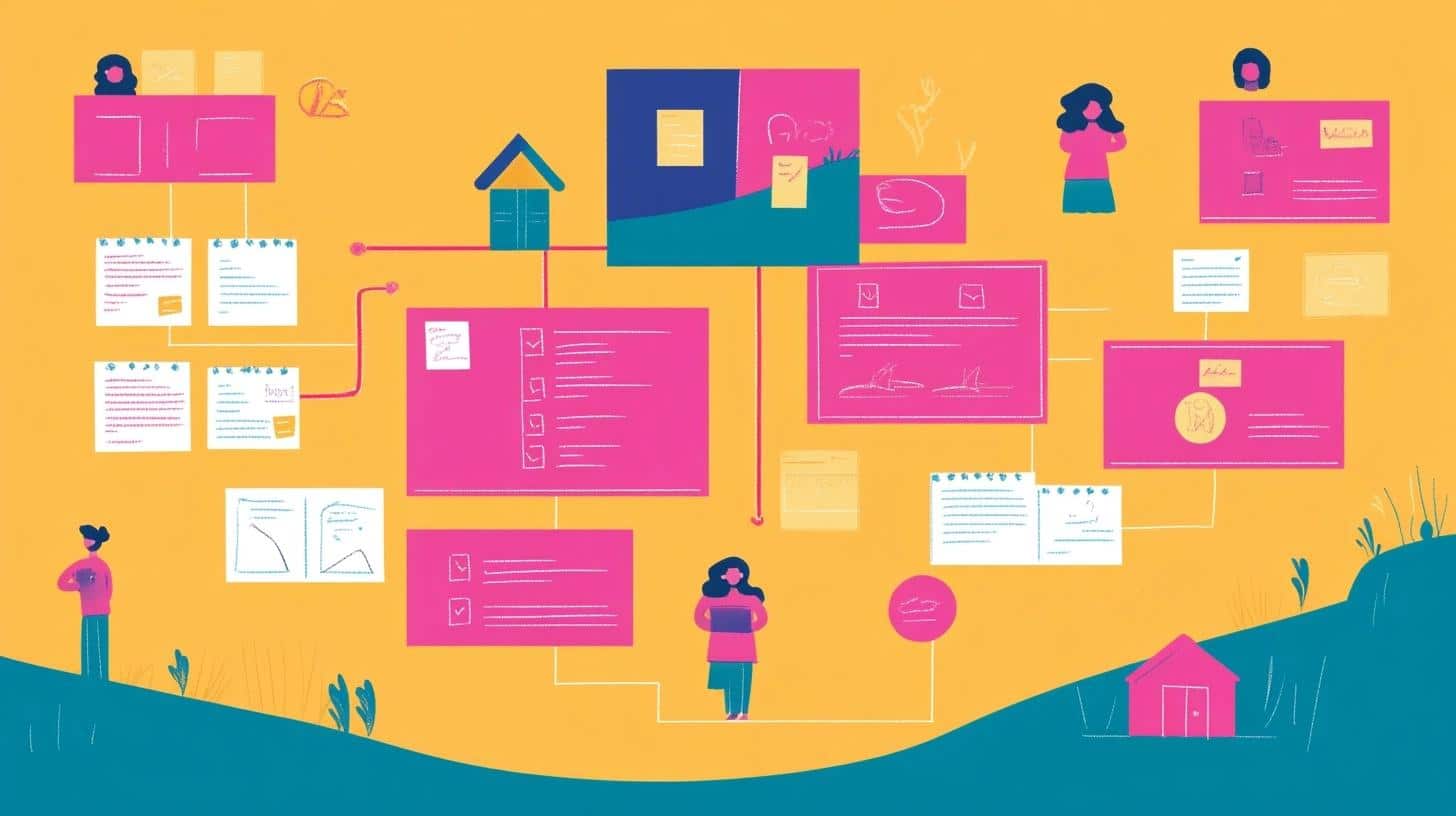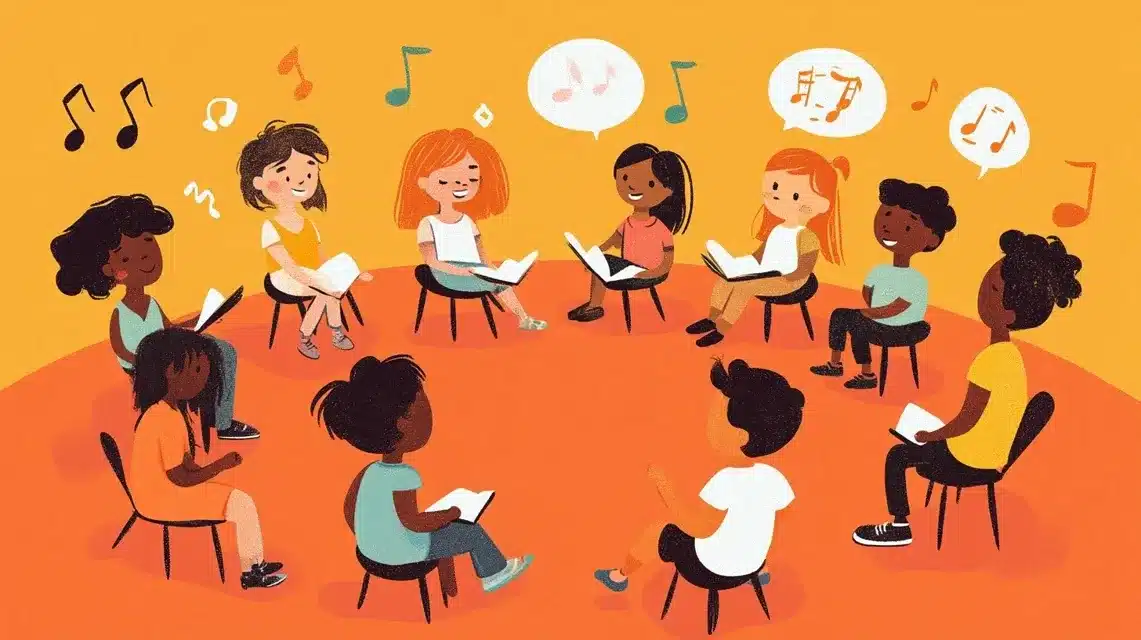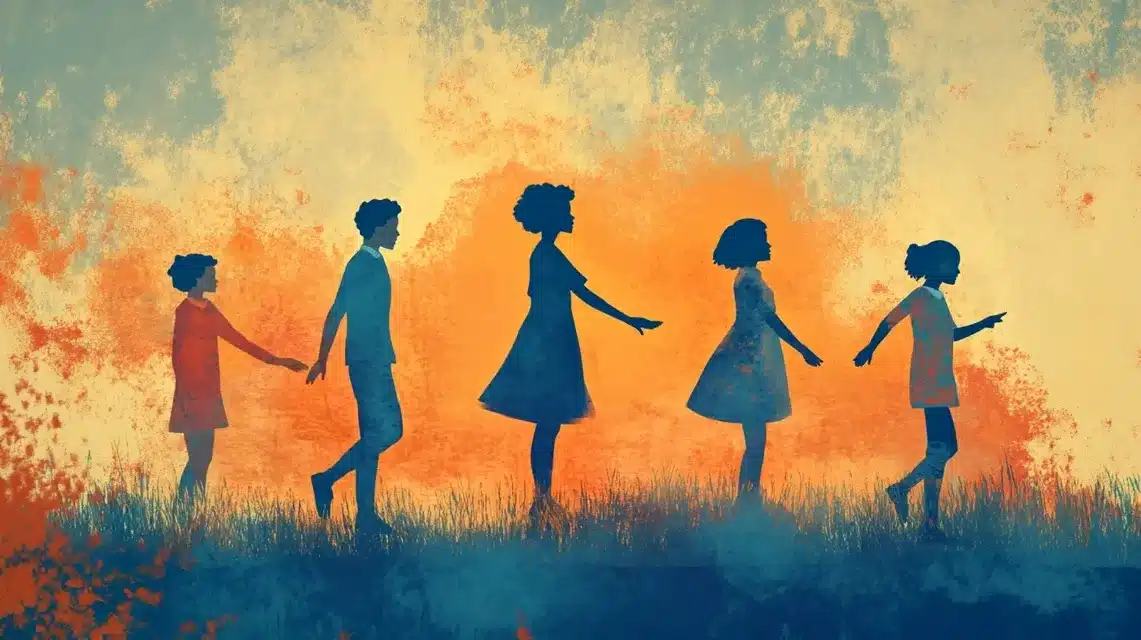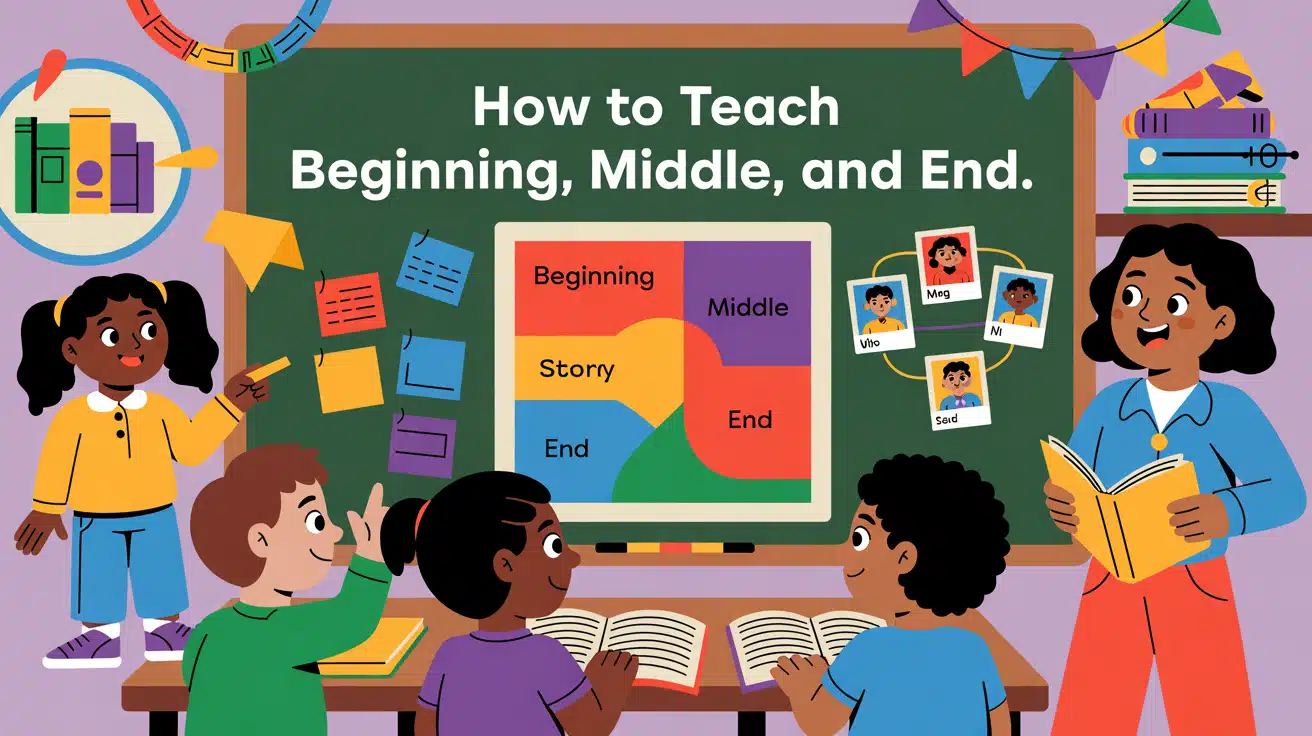Have you ever wondered how to teach beginning, middle, and end to young readers? Story structure is one of the first lessons in storytelling, but it’s often tricky to teach.
Students need to understand how stories unfold and how to break them down into clear parts. This blog will guide you through effective strategies.
It will also give you engaging activities to help students grasp the basics of story structure, from using familiar stories like “Goldilocks and the Three Bears” to fun hands-on activities.
We’ll learn ways to make learning the beginning, middle, and end both fun and educational.
Teaching visual, auditory, or kinesthetic learners, you’ll find tips that work for every student. Read on and find the best methods for teaching story structure.
How to Teach Beginning, Middle, and End
Teaching the basic structure of a story helps students understand how a narrative works. Learning the beginning, middle, and end builds their ability to follow and create stories.
What is the Beginning?
The beginning of a story is where everything starts, and it’s important because it helps your students understand who the characters are and where the story takes place.
In this part, you also introduce what the story is going to be about. It’s like setting the stage for a play.
For young readers, understanding the beginning helps them figure out who is in the story and where the action will happen.
For example, in “Goldilocks and the Three Bears,” the beginning introduces us to Goldilocks, the three bears, and their cozy house in the woods.
We learn about their environment, which sets the stage for what’s to come next. By teaching this step, students will understand the importance of knowing who, what, and where at the start of a story.
What is the Middle?
The middle of a story is where the problem or challenge happens. This part makes the story interesting because it introduces the conflict or the problem that needs to be solved.
As a teacher, when you help your students identify the middle, you’re guiding them to see what went wrong, what changed, and what the characters have to figure out.
For example, in “Goldilocks and the Three Bears,” the middle begins when Goldilocks starts using the bears’ things, eating their porridge, sitting in their chairs, and sleeping in their beds.
When the bears return home, they discover that someone has been in their house. This is the problem that needs to be solved by the end.
What is the End?
The end of the story is where the problem is solved. The characters either succeed or learn something important, and everything wraps up.
This is where the story’s conflict is resolved, and we see the final outcome.
For Example, “Goldilocks and the Three Bears. “The bears find Goldilocks sleeping in one of their beds. She wakes up, sees the bears, and quickly runs away.
The problem of Goldilocks using their things is resolved, and the bears get their house back.
Effective Strategies to Teach Beginning, Middle, and End
Using proven methods like picture cards, retelling, and story maps helps students grasp the concept of story structure.
These strategies make it easier for them to identify key story elements.
1. Using Familiar Stories
Stories children already know are the best teachers. Fairy tales like “The Three Little Pigs” and “Goldilocks and the Three Bears” help students understand how stories work.
These well-known tales show a clear beginning (introducing characters), middle (presenting a problem), and end (resolving the conflict).
2. Visual Aids Make Stories Come Alive
Graphic organizers turn story learning into a fun activity. A simple three-column chart can help students see how a story flows.
Colored markers, picture cards, and sticky notes make story structure visible and exciting. Students can move story elements around, understanding how each part connects.
3. Retelling Builds Storytelling Skills
Encouraging students to retell stories helps them understand narrative structure. Ask guiding questions like “What happened first?” or “What was the main problem?”
Changes such as “first,” “then,” and “finally” help students organize their thoughts.
Bring stories to life through puppet shows, story circles where students take turns adding to the tale, or drawing sequences of key story moments.
4. Retelling Through Pictures
Visual storytelling changes learning for children who think in images. Picture cards become magical tools that help students understand how stories flow.
By arranging illustrations in sequence, students connect story events and see how a narrative comes together.
Give students a set of mixed-up story cards from a familiar tale. Challenge them to put the pictures in order, explaining why each image belongs in its specific place.
This activity makes story structure tangible and fun, allowing children to interact with the narrative’s progression physically.
5. Hands-On Activities for Active Learners
Movement brings stories to life. Transform storytelling into a physical experience where students become part of the narrative.
Try creating a human story timeline where students stand in order to represent different story moments. One student might be the beginning, another the middle conflict, and a third the resolution.
Drama games work wonders, too. Students can act out key scenes, moving from one story stage to another.
This approach helps kinesthetic learners understand story structure through body movement and spatial relationships.
6. Story Mapping: A Visual Guide
Story maps are maps of narrative understanding. These simple graphic organizers help students break down stories into clear components.
A basic story map includes spaces for the main characters, setting, problem, and solution. Teachers can find numerous free story map templates online.
Some are simple three-box designs showing beginning, middle, and end. Others are more detailed, with spaces for character descriptions, plot details, and story emotions.
Create story maps together as a class. Use colored markers to make each section bright and engaging.
Encourage students to draw, write, or use stickers to fill in their maps. This visual approach turns story analysis into a creative experience.
Gradually Increasing Story Complexity
Start with simple stories and slowly introduce more complex ones. As students master the basics, they can handle longer narratives, which improves their understanding of story flow and structure.
Moving from Simple to Complex Narratives
As students become comfortable with basic story structure, it’s important to introduce more complex narratives.
Begin with simple stories, such as fairy tales, and then gradually progress to longer picture books. This helps students build their skills in identifying the beginning, middle, and end in more detailed texts.
For example, after mastering “Goldilocks and the Three Bears,” you can move on to stories like “The Lion and the Mouse,” which have more characters and multiple events to track.
Focus on Problem-Solution Relationships
As the stories become more complex, teach students to focus on the problem and how it is solved.
In these stories, the middle part is often where the main problem or conflict happens, and the end shows how it gets resolved.
For example, in “Cinderella,” the problem is that Cinderella is treated poorly, and the solution comes when she is able to attend the ball and meet the prince.
Helping students spot the problem and solution in longer stories makes it easier for them to understand the structure of more challenging narratives.
Teaching Stories to Every Student
Different students learn in different ways. By using a mix of visual, auditory, and kinesthetic activities, you can make story structure accessible to all learners and keep them engaged.
Visual Learners: Seeing the Story

Create colorful story maps and graphic organizers to enhance your learning experience. Use storyboards that break narratives into visual panels.
Colored sticky notes help students arrange story elements, making the structure clear and engaging.
Auditory Learners: Hearing the Story

Bring stories to life through group discussions and oral storytelling. Create storytelling circles where students share and build narratives together.
Listening exercises help these learners catch important story details.
Kinesthetic Learners: Moving Through the Story

Turn storytelling into a physical experience. Create human story timelines where students represent different story stages. Use drama, props, and movement to help students understand how stories work.
Learning is about connection. By offering different approaches, teachers help all students explore the magic of storytelling.
Checking Student Story Understanding
To ensure students understand story structure, observe their retelling, review their work, and provide feedback.
Regular checks help identify areas where students might need more support in understanding the story’s structure. Some of which include:
Watching Retelling Activities
Listen to how students tell stories, paying close attention to their narrative skills and expression. Notice if they can clearly explain the beginning, middle, and end.
Watch how they describe characters, problems, and solutions with growing confidence.
Reviewing Student Work
Examine story maps and graphic organizers carefully, looking for signs of deep comprehension and understanding.
Check if students can separate story parts and identify key story elements. Look for a clear understanding of narrative structure and creative connections.
Giving Helpful Feedback
Offer supportive guidance that helps students develop their storytelling abilities. Praise their strengths and ask questions that encourage deeper thinking.
Help them become confident storytellers who love exploring narrative.
Understanding Story Learning
Story learning helps students connect with narratives, improving comprehension and creativity. It’s essential for developing storytelling skills and understanding story structure.
Watching Story Retellings
Teachers can assess student comprehension by carefully listening to how children retell stories. Watch for clear explanations of story beginnings, middles, and endings.
Notice how students connect different story elements and describe characters’ experiences.
Examining Student Work
Story maps and graphic organizers reveal students’ understanding of narrative structure. Look for organized representations that clearly separate the story parts.
Check how students identify main characters, settings, problems, and solutions.
Giving Supportive Feedback
Effective feedback helps students grow as storytellers. Highlight their strengths while offering gentle guidance.
Ask questions that encourage deeper thinking about story structure. Make students feel confident about their storytelling skills.
Conclusion
In this blog, we’ve learned how to teach beginning, middle, and end to students through a variety of engaging strategies.
We covered how familiar stories, such as “Goldilocks and the Three Bears,” help introduce story structure, and how tools like story maps and retelling through pictures bring these concepts to life.
By incorporating interactive activities and catering to different learning styles, you can make understanding story structure a fun and meaningful experience for all students.
Remember, gradually increasing the complexity of the stories as your students grow in confidence will strengthen their storytelling abilities.
Ready to help your students master the art of storytelling? Start using these methods today and see their skills soar.




